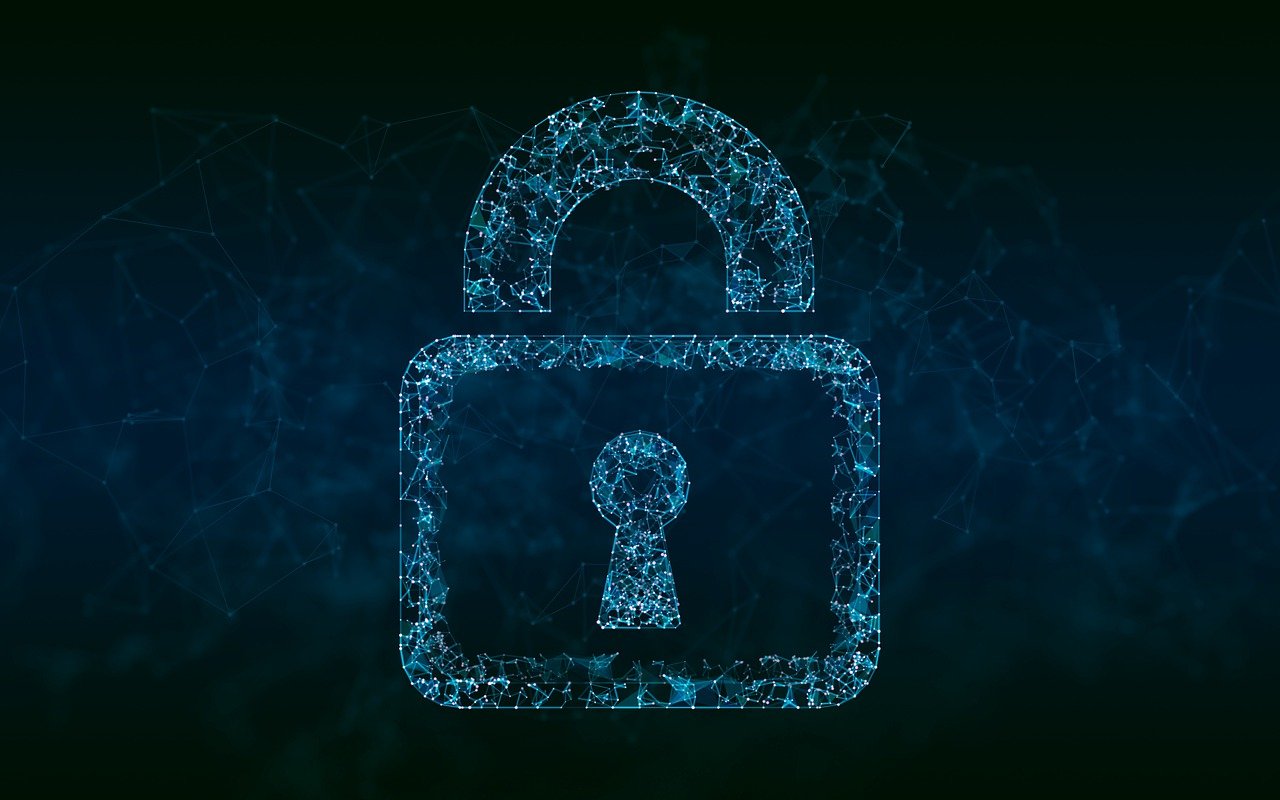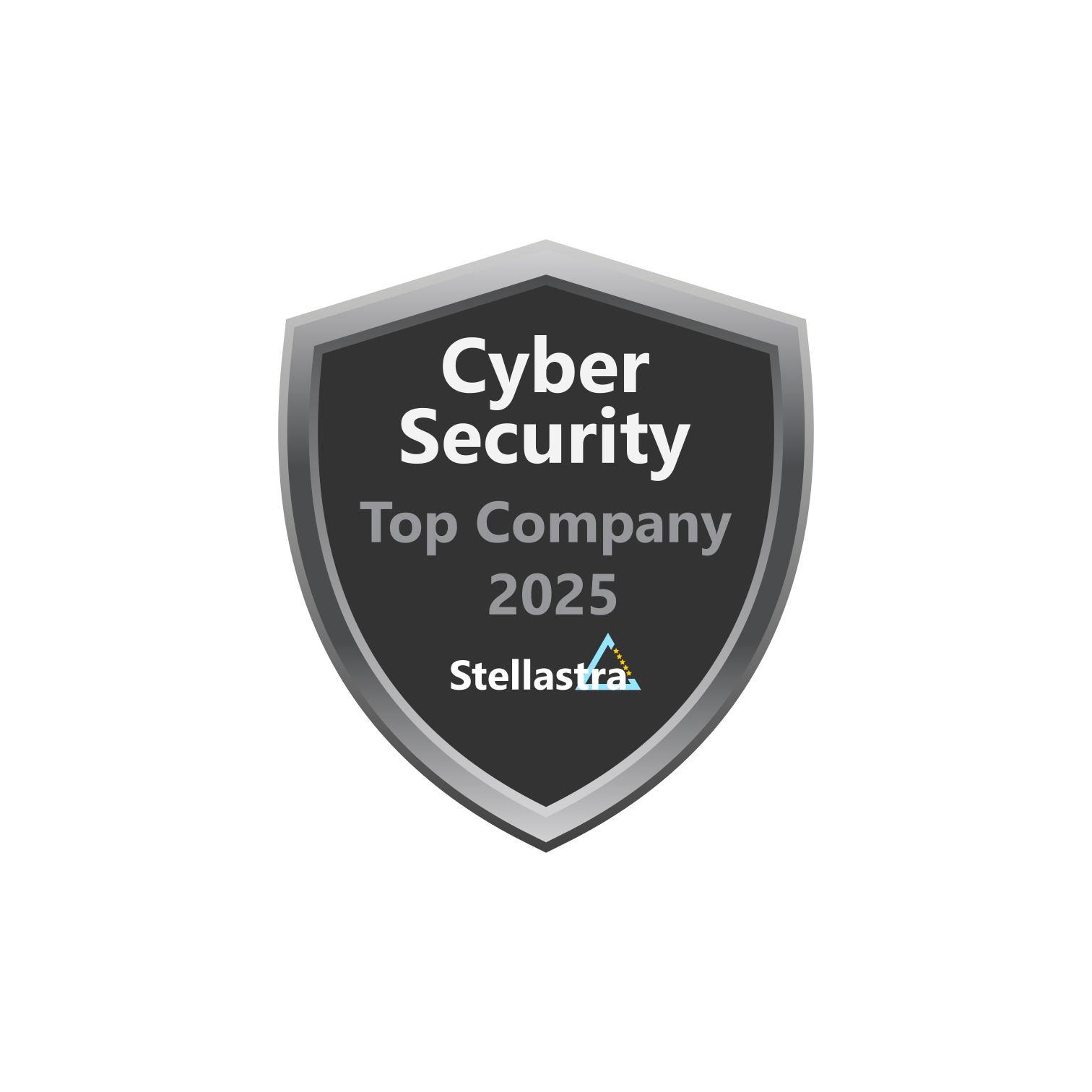· 5 min read
What is Multi-Factor Authentication MFA | Definition and Meaning
Learn about Multi-Factor Authentication MFA, its importance, benefits, and how it enhances security in digital environments.

Understanding Multi-Factor Authentication (MFA)
What is Multi-Factor Authentication (MFA)?
Multi-Factor Authentication (MFA) is a security mechanism that enhances access control to systems and accounts. It requires users to provide two or more verification factors to gain access. These factors fall into three categories:
- Something you know: This could be a password or PIN.
- Something you have: This includes smart cards, security tokens, or mobile devices.
- Something you are: This refers to biometrics, such as fingerprints or facial recognition.
By combining different types of authentication methods, MFA significantly improves overall account security and protects against unauthorized access.
Why is MFA Important?
The increasing prevalence of cyber threats makes MFA a crucial line of defense. By requiring multiple forms of identification, MFA mitigates the risks associated with compromised passwords. For instance, even if a password is stolen or guessed, the additional authentication factors make it much more difficult for unauthorized users to gain access.
Benefits and Pros of Multi-Factor Authentication
1. Enhanced Security: The primary advantage of MFA is its ability to provide superior security compared to single-factor authentication. Even with a lost or stolen password, an unauthorized intruder would still require the second verification factor to access an account.
2. Reduced Risk of Identity Theft: MFA acts as a deterrent against identity theft. The added security makes it less likely that hackers can infiltrate accounts, thereby protecting sensitive data.
3. User Trust: Implementing MFA can foster trust among users. When individuals know their information is safeguarded by robust security measures, they are more likely to engage with your services.
Example Scenarios of MFA in Action
- Online Banking: Many banks require customers to enter their passwords and then send a verification code via SMS or email before allowing access to their accounts.
- Corporate Networks: Companies often use MFA for remote access to their networks. Employees might need to enter a password and provide a code generated by an authentication app.
How to Set Up Multi-Factor Authentication
Setting up MFA varies based on the service provider. Here are general steps for setting up MFA:
- Log in to Your Account: Access the security or account settings of the service.
- Navigate to MFA Settings: Look for options labeled “Security,” “Two-Step Verification,” or “Multi-Factor Authentication.”
- Select an Authentication Method: Choose how you want to receive your second factor (SMS code, authentication app, etc.).
- Confirm Your Selection: Follow the prompts to verify your selection, such as entering a code sent to your phone.
- Save Changes: Ensure all changes are saved and test the MFA system by logging out and logging back in.
Popular Multifactor Authentication Apps
Authentication applications help streamline the MFA process. Some widely-used apps include:
- Google Authenticator
- Microsoft Authenticator
- Duo Mobile
Microsoft and MFA
Microsoft has integrated MFA into many of its platforms for additional security. For example, services like Microsoft 365 and Azure offer built-in MFA settings to protect user accounts. Users can enable MFA by following specific steps, often involving configuring their authentication methods.
Known Vulnerabilities
While MFA significantly enhances security, certain vulnerabilities exist in various implementations. Here are some notable vulnerabilities associated with well-known brands that utilize MFA:
CVE-2024-21495: Versions of the package
github.com/greenpau/caddy-securitybefore 1.0.42 are vulnerable to insecure randomness, potentially allowing attackers to predict nonce values used in OAuth flows. This weakness can lead to OAuth replay attacks and issues with multifactor authentication secrets or API key generation.CVE-2024-21654: The Ruby community’s gem hosting service
rubygems.orghad a vulnerability that allowed attackers to bypass MFA during the password reset process, potentially leading to account takeovers.CVE-2023-20123: Cisco Duo’s two-factor authentication for MacOS and Windows had a flaw in its offline access mode, which allowed physical attackers to replay valid session credentials, bypassing MFA.
CVE-2023-48705: IBM PowerSC 1.3, 2.0, and 2.1 MFA implementations fail to enforce HTTP Strict Transport Security (HSTS), exposing them to various types of attacks, including man-in-the-middle.
CVE-2023-39231: This vulnerability in PingFederate’s MFA adapter allowed unauthorized pairing of a new MFA device without appropriate second-factor authentication, potentially enabling an attacker to register their own MFA device.
CVE-2023-45140: In a bastion host setup, the SCP and SFTP plugins did not properly enforce group-based MFA, allowing unauthorized access through these protocols under certain configurations.
Understanding these vulnerabilities highlights the importance of vigilant security measures and regular updates to MFA systems to protect against exploitation.
The Cons of Multi-Factor Authentication
While MFA is primarily beneficial, it’s essential to recognize some of its drawbacks:
User Convenience vs. Security: Some users may find MFA cumbersome, particularly if they forget their second factor or if the authentication method is inconvenient.
Potential for Fatigue: Frequent requests for authentication can lead to “authentication fatigue,” where users may become desensitized and overlook security measures.
Technical Issues: If the second factor fails to work (e.g., a phone loses signal or an authentication app malfunctions), it can inhibit access to an account.
Multi-Factor Authentication is a powerful tool in the quest to enhance security across digital platforms. By combining multiple verification methods, MFA reduces the likelihood of unauthorized access and bolsters user trust.
It’s vital for both individuals and organizations to understand the importance of MFA, implement it where possible, and continuously educate users about its benefits and potential challenges. Additionally, staying informed about known vulnerabilities can help organizations strengthen their security posture and ensure a more secure online environment for everyone.

